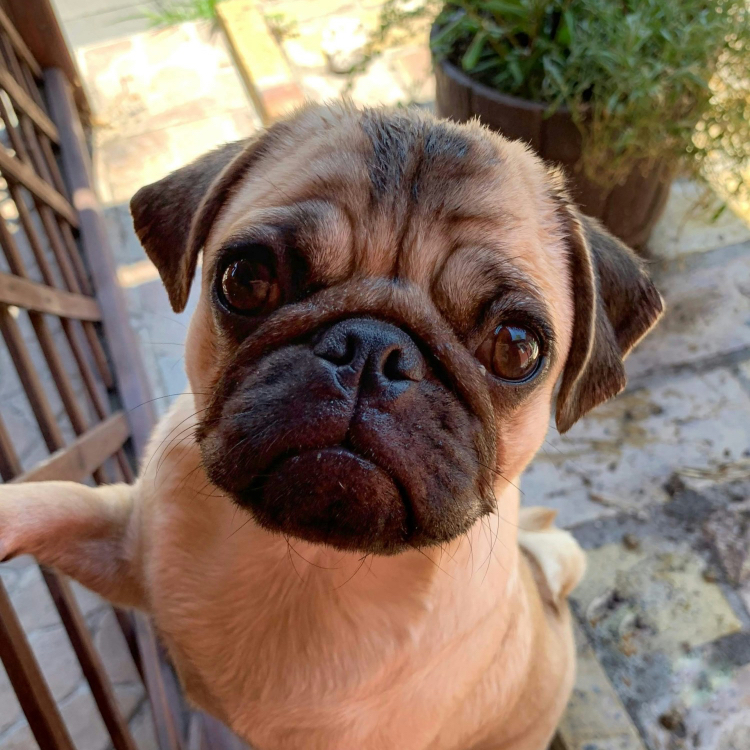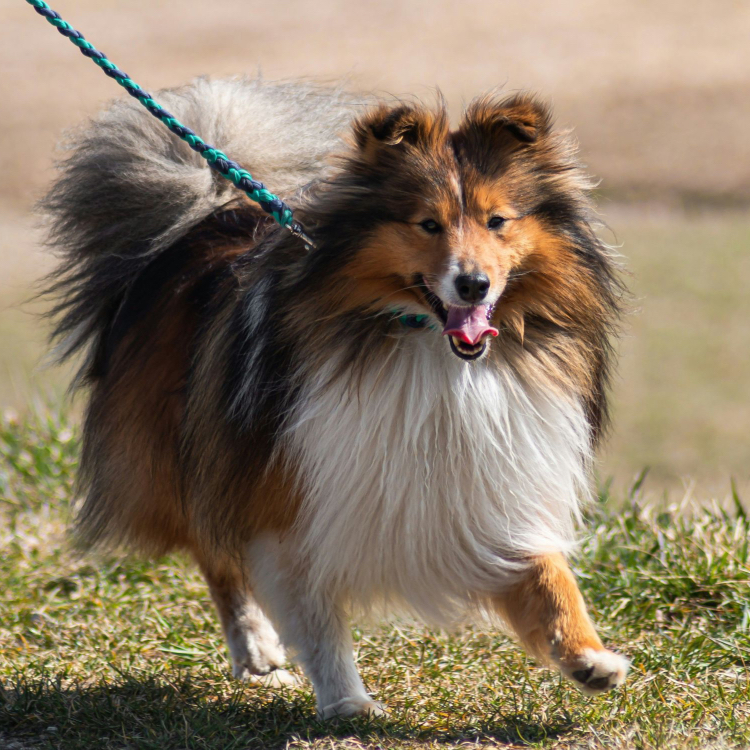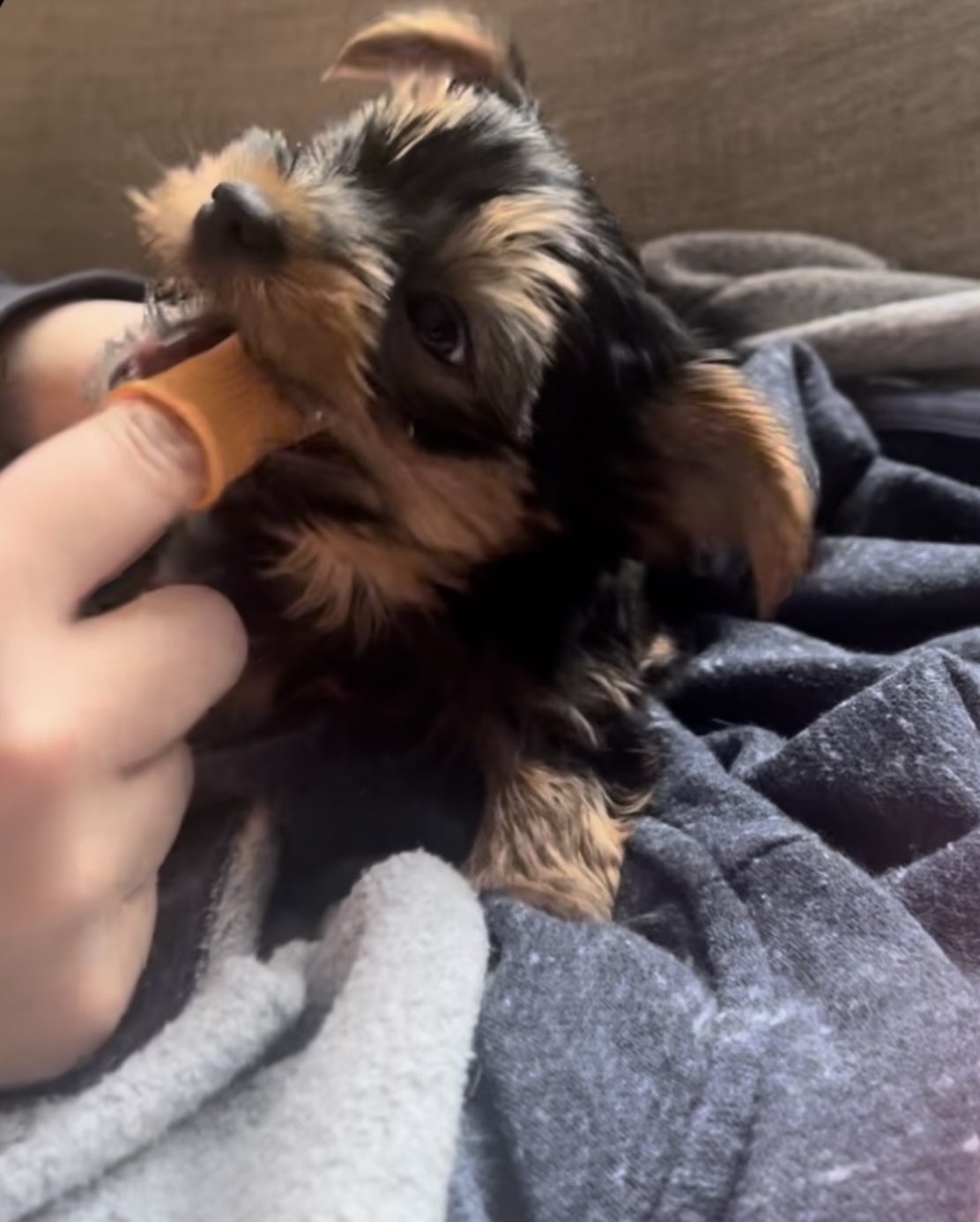Causes dog dental problems… Just like humans, dogs require regular dental care to maintain healthy teeth and gums. However, some breeds are naturally more prone to dental problems due to their genetics, skull shape, and mouth structure. If you own one of these breeds, it’s essential to be proactive in their oral care to prevent painful dental diseases and expensive veterinary procedures.
Dog Breeds Most Prone to Dental Issues & How to Prevent Them
In this guide, we’ll cover:
- Which dog breeds are most prone to dental issues
- Why these breeds struggle with oral health
- What you can do to help prevent problems, including using DoggyTeeth All-Natural Beef Tallow Dog Toothpaste for a safe and effective solution.
Breeds Most Prone to Dental Problems
While all dogs need dental care, the following breeds are particularly at risk for dental disease:
1. Chihuahua
Chihuahuas may be tiny, but their dental problems can be huge. These little dogs often suffer from overcrowded teeth, which trap food and bacteria, leading to plaque buildup and gum disease. Their small jaws don’t provide enough space for all their teeth, making them more susceptible to early tooth loss.
2. Yorkshire Terrier
Yorkies are another small breed with crowded teeth and a predisposition for early periodontal disease. Without proper dental care, their teeth can decay rapidly, leading to painful infections that can spread to other parts of their body.
3. Pug
Brachycephalic (flat-faced) breeds like Pugs have short, wide skulls that cause misaligned teeth and poor airflow, leading to bad breath, gum disease, and early tooth loss. Their mouth shape also makes it harder for their owners to brush their teeth properly.

4. Dachshund
Dachshunds are prone to plaque buildup and tartar accumulation because their long, narrow snouts make it easy for bacteria to settle between their teeth. Many Dachshunds suffer from gingivitis and early tooth decay if oral hygiene is neglected.
5. Cavalier King Charles Spaniel
Cavaliers have a high risk of gum disease and tooth decay due to their crowded mouths and tendency for tartar buildup. Without regular brushing, they can suffer from painful infections and premature tooth loss.
6. Pomeranian
Pomeranians have small, delicate jaws that are prone to tooth crowding and weak dental roots. Many Pomeranians experience severe tartar buildup at a young age, making proactive dental care essential.
7. Maltese
Maltese dogs often experience early-onset dental disease because of their small size and high risk of plaque accumulation. They also tend to have persistent baby teeth, which can lead to misalignment and further complications.
8. French Bulldog
Like Pugs, French Bulldogs have flat faces that contribute to dental crowding, misalignment, and difficulty chewing food properly. They are also more prone to tooth decay and gum infections if their oral hygiene is ignored.

9. Shetland Sheepdog
Shelties often suffer from malocclusion (misaligned teeth), which can cause uneven wear, jaw discomfort, and difficulty maintaining oral hygiene. Their long muzzles make it easy for food to get trapped between their teeth.
10. Boxer
Boxers are at risk for tooth fractures and gum infections, often due to their tendency to chew aggressively. Their large, powerful jaws require extra attention to keep their teeth clean and strong.
11. Greyhound & Russian Hound
Greyhounds and Russian Hounds are known for having weaker enamel and a high tendency for plaque buildup. Their long, narrow snouts allow bacteria to settle deep between their teeth, leading to early gum disease, tartar accumulation, and tooth loss if not properly maintained. Their sensitive mouths require gentle but consistent cleaning to prevent issues.
Why These Breeds Have More Dental Issues
The common factors contributing to dental disease in these breeds include:
- Small jaws & overcrowded teeth (Chihuahuas, Yorkies, Poms, Maltese)
- Flat faces (brachycephalic structure) leading to misalignment and poor chewing (Pugs, French Bulldogs, Boxers)
- Long, narrow snouts that trap food and bacteria (Dachshunds, Shelties, Greyhounds, Russian Hounds)
- Weak dental enamel and tartar-prone teeth (Cavaliers, Yorkies, Pomeranians, Greyhounds)
Since these dogs are more vulnerable to plaque, tartar buildup, and gum disease, consistent brushing and proper dental care are essential to keeping them healthy.
How to Prevent Dental Issues in At-Risk Breeds
While genetics play a role, consistent dental care can prevent most oral health issues. Here’s what you can do to protect your dog’s teeth:

1. Brush Their Teeth Regularly
Brushing is the best way to prevent plaque and tartar buildup. Use a soft-bristle toothbrush or a finger brush with a dog-safe toothpaste like DoggyTeeth All-Natural Beef Tallow Toothpaste to clean their teeth at least 3-5 times per week.
2. Choose a Safe, Natural Toothpaste
Many commercial dog toothpastes contain artificial flavors, chemicals, and foaming agents that aren’t ideal for dogs. Instead, use DoggyTeeth Beef Tallow Dog Toothpaste, which is made with:
- Beef Tallow – Irresistible taste that makes brushing easy
- Coconut Oil – Naturally cleans and fights bacteria
- Parsley – Freshens breath naturally
- Kelp – Helps reduce plaque buildup
- Olive Leaf – Antioxidant and anti-inflammatory properties
- Neem – Supports gum health and helps prevent cavities
This natural blend makes brushing a positive experience for your dog while keeping their mouth fresh and healthy.
3. Use Dental Chews & Toys
Chewing helps naturally reduce plaque and tartar buildup. Choose high-quality dental chews, raw bones, or rubber chew toys that are safe for your breed’s teeth.
4. Schedule Regular Vet Checkups
Even with the best at-home care, some dogs may still need professional cleanings. Your vet can check for signs of gum disease and recommend deep cleanings if necessary.
5. Provide a Balanced Diet
Feeding a nutrient-rich diet helps maintain healthy teeth and gums. Avoid excessive starchy, processed foods that can contribute to plaque buildup.
6. Make Dental Care a Fun Routine
Start early and use positive reinforcement (praise, treats, playtime) to make brushing an enjoyable experience. Dogs that associate brushing with something fun are more likely to cooperate.
7. Incorporate The Proven DoggyTeeth System.
Timing is everything for a successful brushing routine for you and your dog. Brush their teeth before their main meal of the day. It’s a time you are already used to so it’s going to make starting a new healthy habit easier for both of you.
Call your dog over, reward them with a small treat and brush one side of their mouth. Give them one more small treat and finish brushing the other side of their mouth with lots of praise and another small treat. Now give them their dinner. That takes less than 5 minutes and will make a world of difference to your dogs health.
Causes Dog Dental Problems Final Thoughts
Some dog breeds may be more prone to dental issues, but with the right care and a natural approach, you can keep your pup’s mouth healthy and their breath fresh. Using DoggyTeeth All Natural Beef Tallow Toothpaste makes brushing easier, safer, and more enjoyable. That is going to help your dog avoid painful dental problems, keep their smile bright and breath fresh for years to come.
Start your dog’s fresh breath journey today. It’s so important because healthier teeth mean more cuddles, more love, and a longer, happier life!
